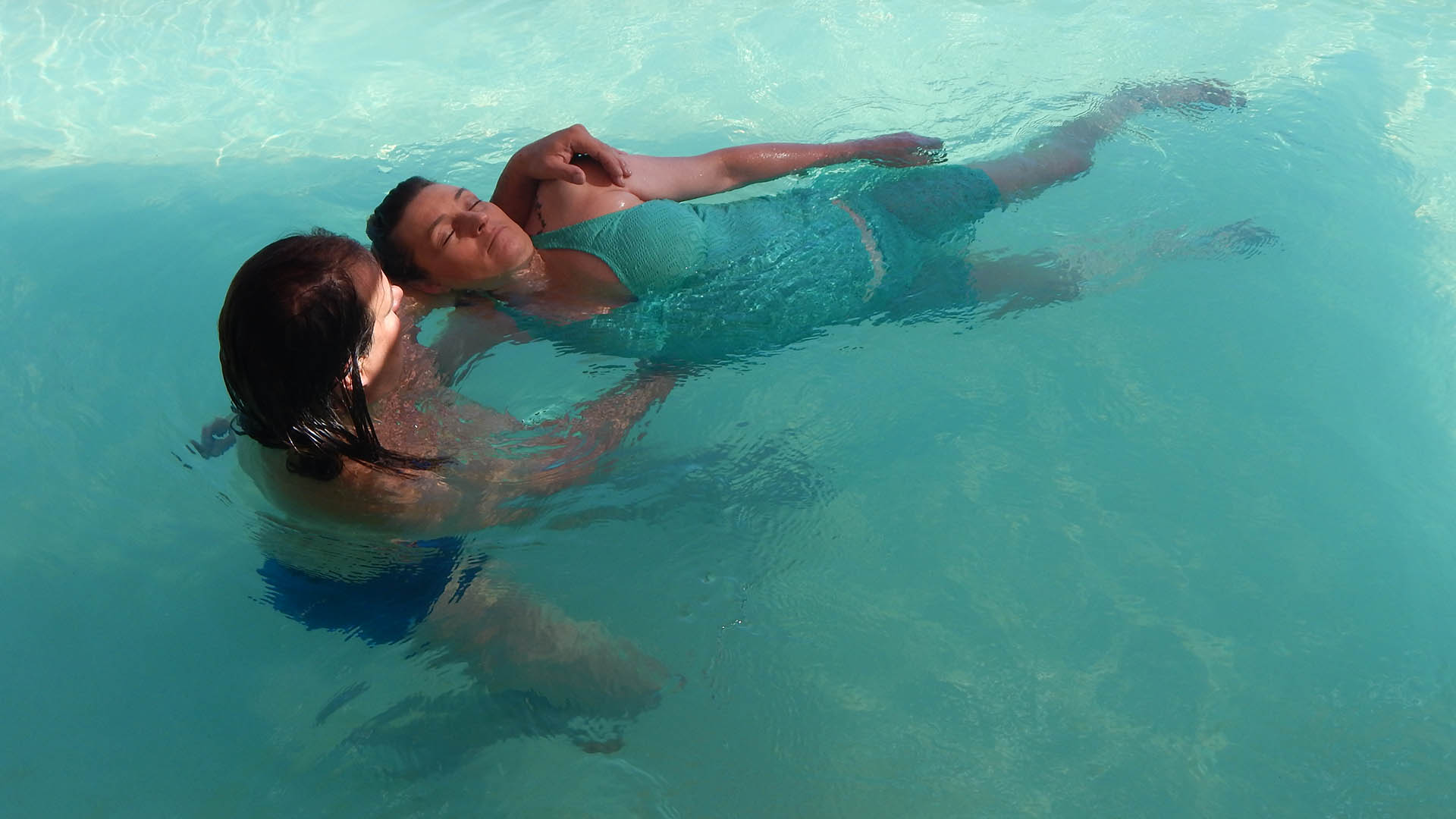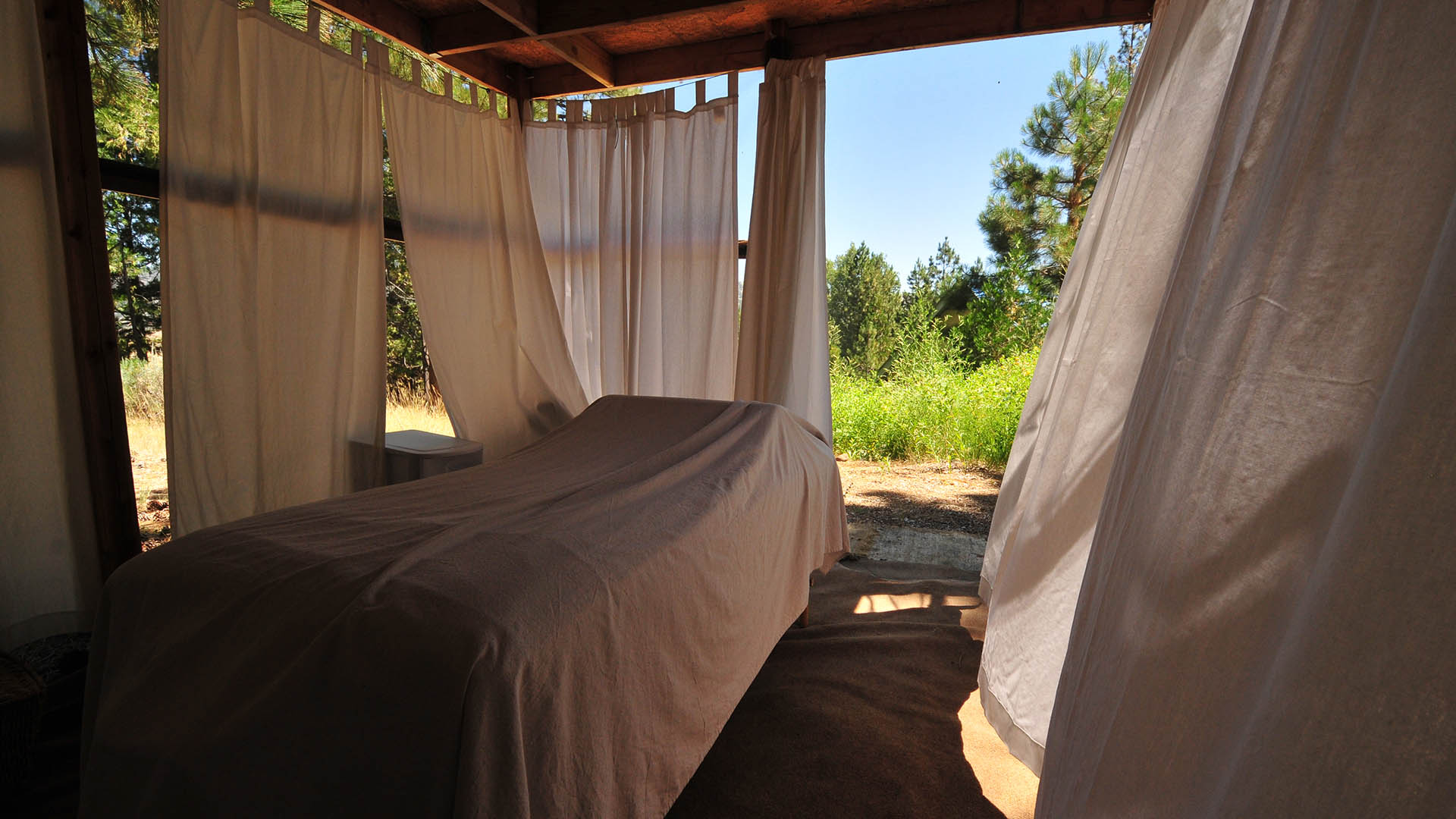Massage Modalities

Discover a relaxed and rejuvenated you…


Deep Tissue Massage
Deep Tissue Massage is designed to reach the deep portions of thick muscles, specifically the individual muscle fibers. Using deep muscle compression and friction along the grain of the muscle, it’s purpose is to un stick the fibers of the muscles and release both toxins and deeply held patterns of tension.
Prenatal Massage
Pregnancy places strong demands on a woman’s body and is a time for the body to be nurtured and pampered. This massage not only relieves the tensions and aches caused by the extra weight and shift in the center of gravity to the body, but it reduces swelling, soothes the nervous system, acts as a tonic, reduces fatigue, and enhances energy.
Watsu®
WaterDance®
Shiatsu Massage
Shiatsu, the most widely known form of acupressure, literally meaning “finger pressure” in Japanese, and has been practiced for more than a thousand years in Japan. Shiatsu uses rhythmic pressure from 3 to 10 seconds on specific points along the body’s meridians by using the fingers, hands, elbows, knees, and sometimes feet to unblock and stimulate the flow of energy. A session my also include gentle stretching and range-of-motions manipulations. Shiatsu is used to treat pain and illness, to relax the body, and to maintain general health.
Lomilomi Massage
Hawaiian for “rub rub”, Lomilomi is a massage technique that’s been handed down from ancient Hawaiian healers. Spiritual in nature, the technique was formalized by Hawaiian-born nurse, Margaret Machado. The stroke used are similar to the shiatsu technique of Japan but are gentler and shorter. Pressure with the fingers at certain points is also part of the technique, but is is of shorter duration than most acupressure. Two identifying techniques of authentic Lomilomi are the emphasis on spirit/body connection and the use of the forearm and elbow as a massage tool.
Reflexology
AromaTouch Massage
Sports Massage
This special form of massage is typically used before, during, and after athletic events to prepare the athlete for peak performance, to drain away fatigue, to relieve swelling, to reduce muscle tension, to promote flexibility and to prevent injuries. Depending on the needs of the athlete, a variety of techniques are used including classic Swedish strokes, cross-fiber friction, pressure-point work, and joint mobilization.
Trigger Point Massage
Myofascial Release Therapy
All muscles, arteries, bones, organs, etc. are held together by a Saran wrap kind of tissue called fascia. Developed in the late 1960’s by John Barnes, Myofascial Release works by the manipulation of the fascia that connects and surrounds muscles. Because the fascia is body-wide, a tension or trauma in one part of the body can affect another part. The fascia responds to the trained touch to release the adverse effects of inflammation, tensions and trauma.
Swedish Massage
Swedish massage is now known as “traditional” massage. In the 1820s a Swedish doctor, Dr. Per Henrik Ling, developed the first modern method of massage through his study of physiology, gymnastics, and the massage techniques borrowed from China, Egypt, Greece, and Rome. Swedish massage includes long gliding strokes, kneading, friction, tapping, and shaking motions. It is effective for most ailments, because massaging the skin, the body’s largest organ, sets up a chain reaction that produces a positive effect on all layers and systems of the body. It affects the nerves, muscles, glands, and circulation, and promotes health and well being.
